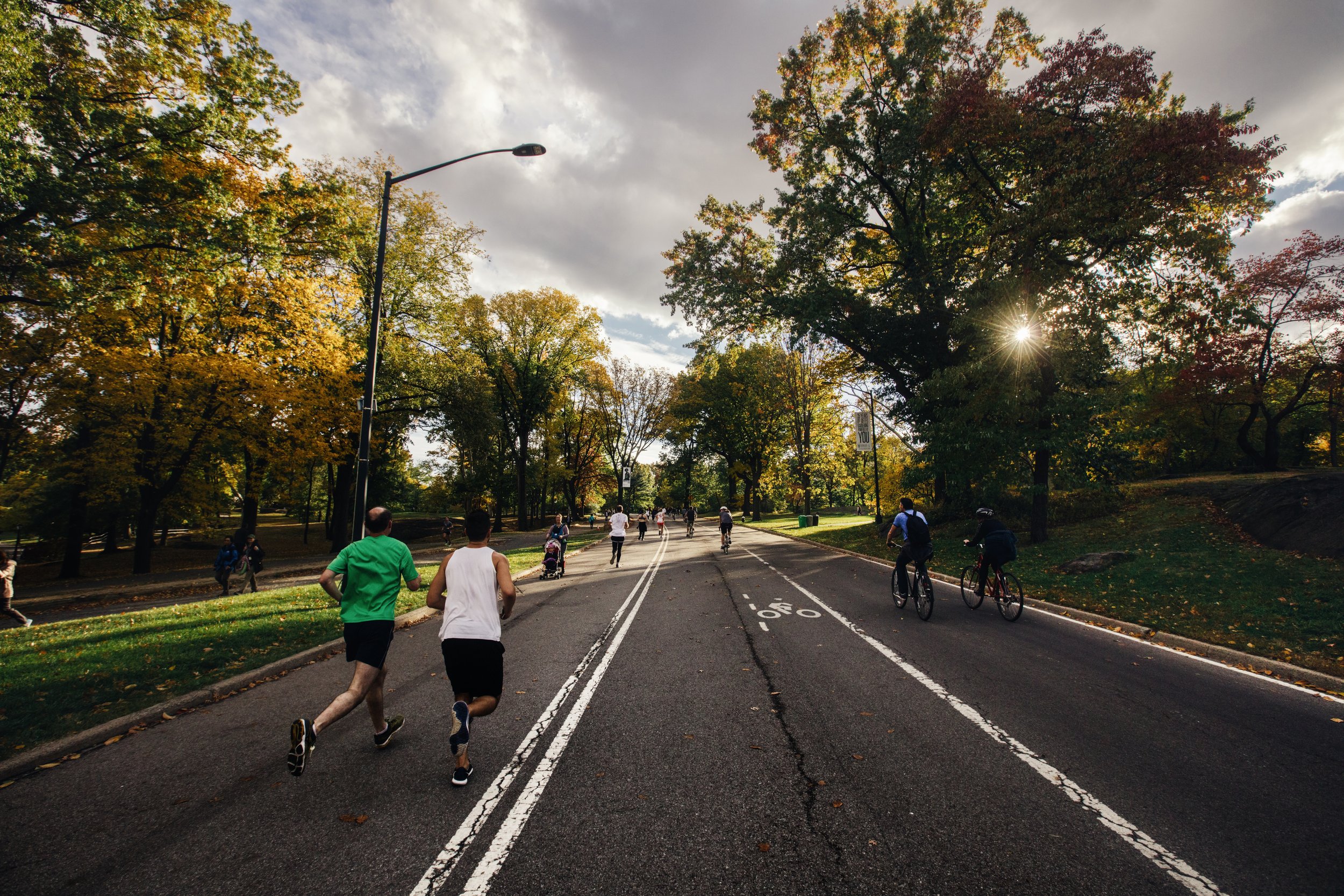In prior posts we have described the importance of running economy. Runners with improved economy, similar to miles per gallon in a car, will be able to run at lower percentage of their VO2 max at a given intensity compared to a less economical runner. Economical runners demonstrate improved performance in both training and competition. In addition to mechanics, another frequently studied contributor to economy includes shoe wear. Prior thoughts on lighter shoes being more economical and now being challenged in the research.
Cochrum and colleagues in the Journal of Strength and Conditioning Research examined the impact of foot wear on running economy among recreational distance runners (2017). The authors had each runner run at 50 and 75% of their VO2 max barefoot, as well as, wearing minimalist and normal running shoes. As expected when barefoot or in a minimalist shoe, runners choose a higher step frequency compared to the shoe conditions. Surprisingly, the authors concluded running economy was not affected by shoe wear or barefoot conditions. The authors recommend choosing footwear on a case by case basis instead of recommendations based on assumptions that one shoe is more economical than another.

